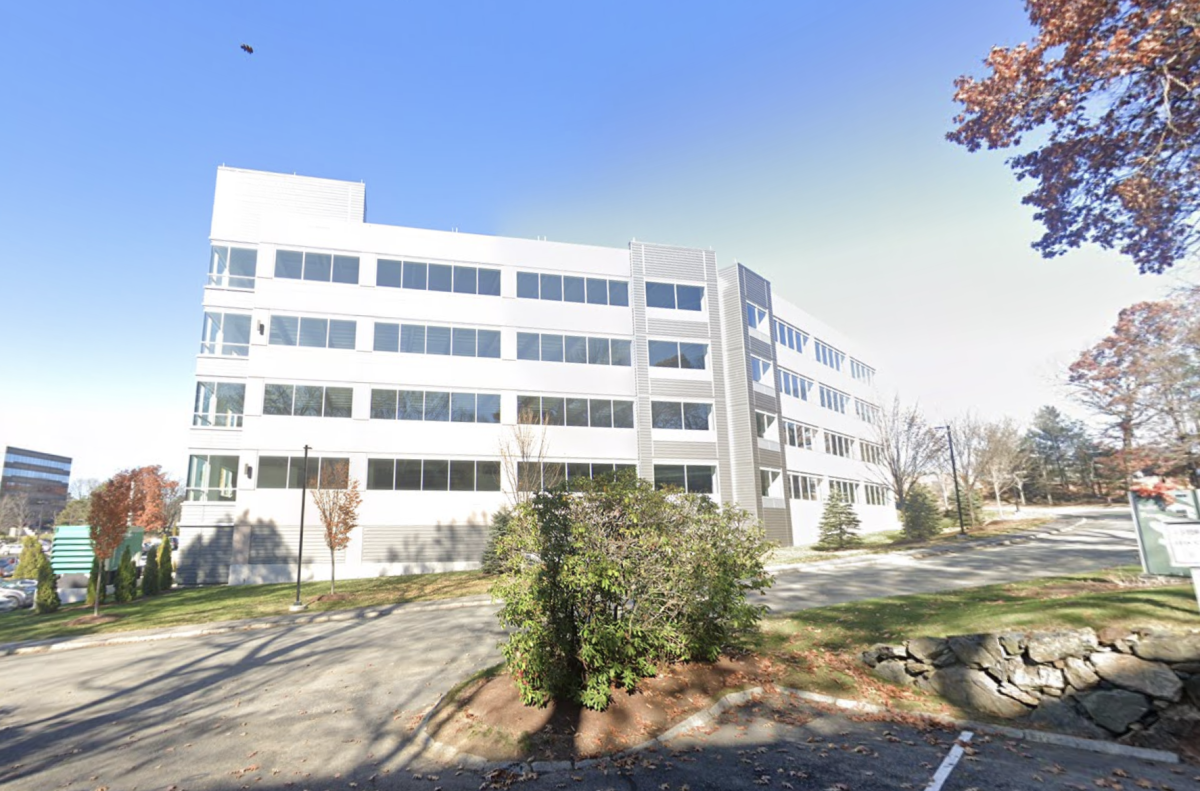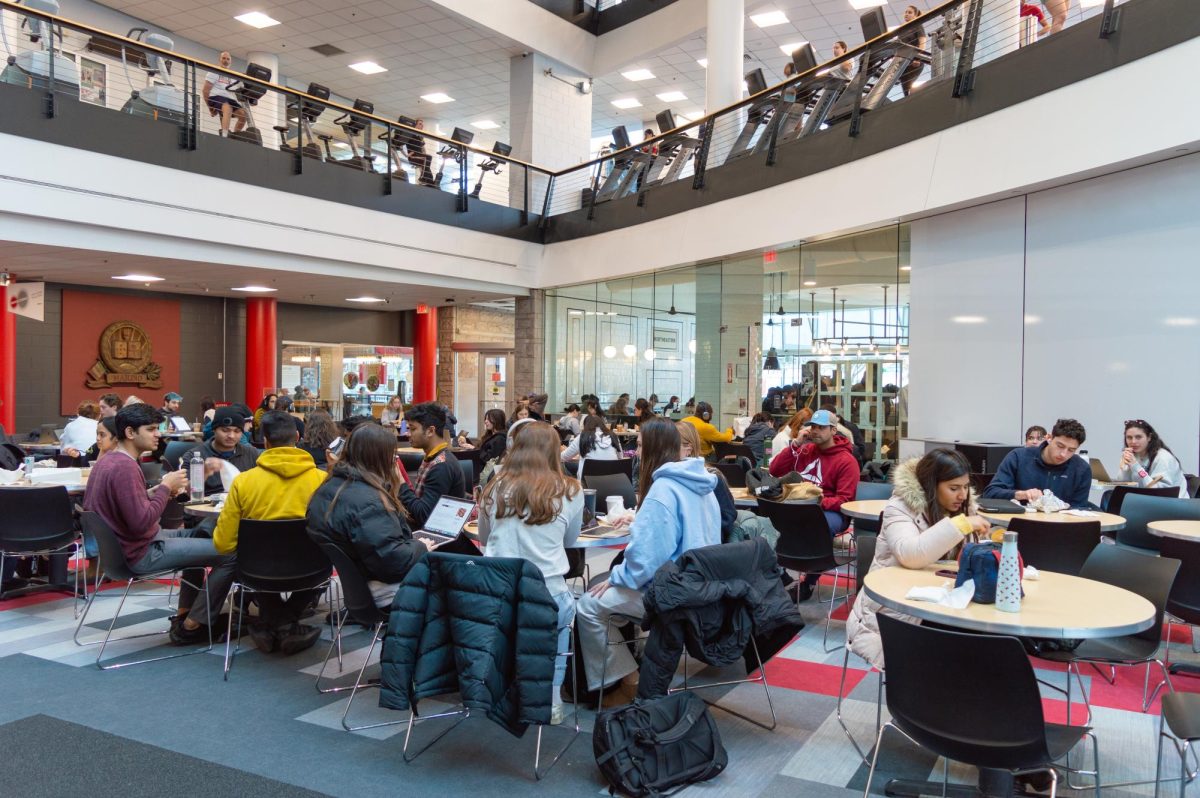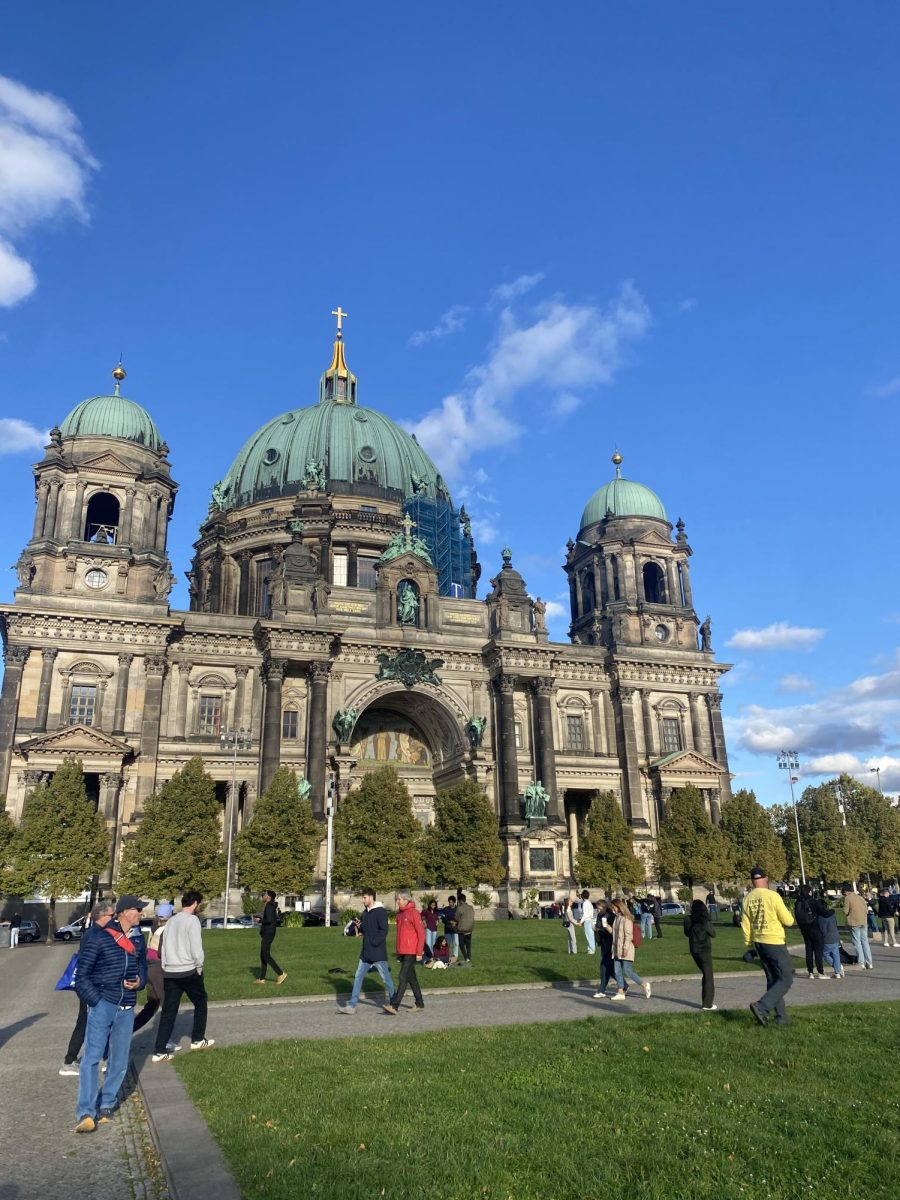By Jose Castillo, political columnist
Hanging in President-elect Donald J. Trump’s New York office is a list titled: “New year, new ‘Me(rica).” Written underneath “MAGA!” and above “Drain the Swamp” reads what could be Trump’s hardest resolution to keep: “Build a Wall.”
Much like a hungover political science student rereading their work from the night before, policymakers from both the U.S. and Mexico are scratching their heads on how to construct the president-elect’s enormous campaign promise of a wall that will run along the nearly-2,000-mile Southern border. On Monday, Mexican Foreign Minister Luis Videgaray reiterated that Mexico will not pay for the wall. During a Senate confirmation hearing on Tuesday, Trump’s choice for head of Homeland Security, retired general John Kelly, disagreed with the president-elect’s assertion that a wall would be effective in solving immigration issues. Despite these disagreements, Trump is preparing to ask Congress to provide initial funding for the construction of the wall, reported several news services last Friday.
Trump’s wall has been controversial since he proposed it during his 2015 presidential bid announcement. Innumerable columns and op-eds have been written regarding the feasibility and effectiveness of a concrete barrier between the two nations, yet one discussion rarely voiced holds valuable insight on whether the wall will stop illegal immigration: Do current immigration policies encourage immigrants to come through legal means, or have they unintentionally increased the number of those migrating to the States illegally? And will Trump’s wall perpetuate the norm?
The border between the U.S. and Mexico was established by the Treaty of Guadalupe-Hidalgo in 1848, which concluded the Mexican-American War. Throughout the rest of the 19th and the first half of the 20th century, immigration from Mexico into the U.S. was relatively easy. No immigration laws were implemented on the southern border until 1929, and Mexico was exempt from the migration quotas put into place in 1921 and 1924 thanks to the need for agricultural workers in the border states.
Immigration fluctuated with the need for workers in these states, and with the outbreak of World War II, the Bracero Program, a set of diplomatic agreements between the U.S. and Mexico, provided temporary stay for Mexican workers within the U.S. These workers, instead of residing permanently, would seek seasonal jobs and return home with their earnings, facilitating a circular flow of migrants between the neighboring countries.
The Bracero Program was not without problems, however. Braceros were exploited and treated as second-class workers. American worker demands were undercut and ignored, and illegal immigration became common. In 1954, the initiative unfortunately named Operation Wetback sought to combat illegal immigration, and the Immigration and Nationality Act of 1965 placed migration quotas on countries in the West Hemisphere. These policies, and the end of the Bracero Program in 1964, sowed the seeds of the immigration issue we face today. In his paper “America’s Immigration Policy Fiasco: Learning from Past Mistakes,” Princeton University Professor of Sociology and Public Affairs Douglas S. Massey writes:
“By 1960 [immigration] flows were sustained by well-developed social networks that connects households and communities in Mexico to jobs and employers in the United States […] As a result, when opportunities for legal entry disappeared after 1965, the massive inflow from Mexico simply reestablished itself under undocumented auspices.”
According to an article printed in the Annals of the American Academy of Political and Social Science, analytical estimates had gauged the number of undocumented immigrants in the United States at 3.5 million in 1980. In 1986, President Ronald Reagan signed into law the Immigration Reform and Control Act, which helped make it illegal to hire undocumented immigrants and granted legal status to immigrants who had entered the country before 1982. While helping to better assimilate migrants who had already been living in the United States, the act did little to deter illegal immigration.
A series of initiatives that took place during the 1990s and early 2000s increased border security and built a series of fences across the border. In 1971, when First Lady Patty Nixon inaugurated Friendship Park, located directly on top of the borderline, she said, “May there never be a wall between these two great nations. Only friendship.” Currently, an 18-foot fence splits the park down the middle.
Despite these accelerated measures, the number of illegal immigrants peaked in 2007 at nearly 12 million. It currently sits at around 11 million, invalidating the effectiveness of brute immigration policies. Trump’s wall, though it would be an impressive and symbolic feat if completed, would do nothing but continue a history of ineffective immigration policies that deteriorate America’s relationships with Mexico and other Latin American countries.
In his book “Crippled America: How to Make America Great Again,” Trump defends his proposed immigration policies, writing, “My mother emigrated to this country from Scotland in 1918 and married my father, whose parents had come here from Germany in 1885.” These years he references are times when there were virtually zero immigration laws regarding people coming from Europe. Perhaps if Trump’s ancestors had come in years later, and had crossed a border instead of an ocean, he would take a more reasonable, logical and, most importantly, effective stance on immigration laws and border security.
Photo courtesy Gage Skidmore, Creative Commons









